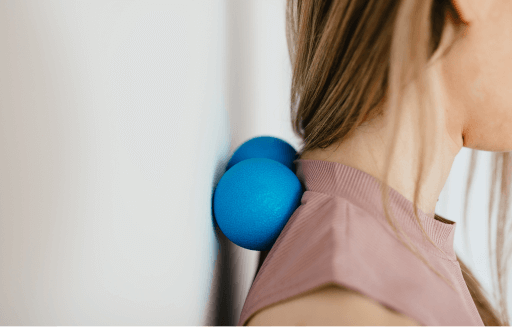Shoulder Pain
Problems with the rotator cuff include sports injuries, dysfunction due to muscle imbalance, wear and tear issues leading to fibrotic scar tissue formation, and adhesions.
Shoulder Anatomy
The shoulder is a complex joint involving 3 different bones and 20 different muscles allowing for a wide range of motion. The main joint of the shoulder (glenohumeral joint) is connected by a group of 4 muscles and their tendon attachments, called the rotator cuff. The symptoms from rotator cuff problems can vary to a slight catching or pain, to severe pain and frozen shoulder.


Why Does Shoulder Pain Happen?
Because of the wide range of motion of the shoulder joint, structural alignment is key to the health of the joint. Misalignment or subluxation will lead to premature deterioration of the joint. A third consideration is nerve supply to the shoulder. Many pains in the shoulder actually originate in the cervical spine as the nerves from this region travel to the muscles and other tissues of the shoulder as well as the arm and hand. Irritated nerves in this region can lead to referred pain or cause the muscles in the region to become tight or weak leading to imbalance and dysfunction in the shoulder joint.
Chiropractic & Shoulder Pain
Special rehabilitation exercises may be advised by your doctor to assist in a complete and quicker recovery. Studies have shown positive results with chiropractic and shoulder pain.
Sources & References
- Enhanced phagocytic cell respiratory burst induced by spinal manipulation: potential role of substance P. Brenan PC, Kokjohn K., Katlinger CJ, et al., JMPT 1991, Vol 14, No. 7
- Enhanced neutrophil respiratory burst as a biological marker for manipulation forces: duration of the effect and association with substance P and tumor necrosis. Patricia Brenan, John J Triano, arion McGregor, et al, JMPT, Vol15, No 2, Feb 1992.
The Road to a Quicker Recovery
Book your appointment with Dr. Prather and his team of chiropractors today.